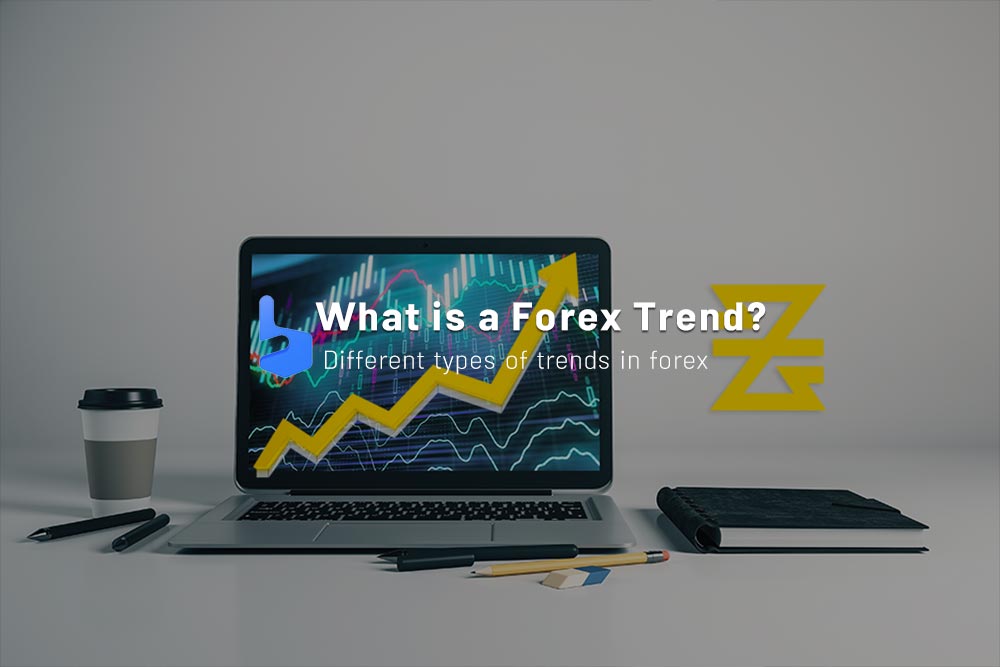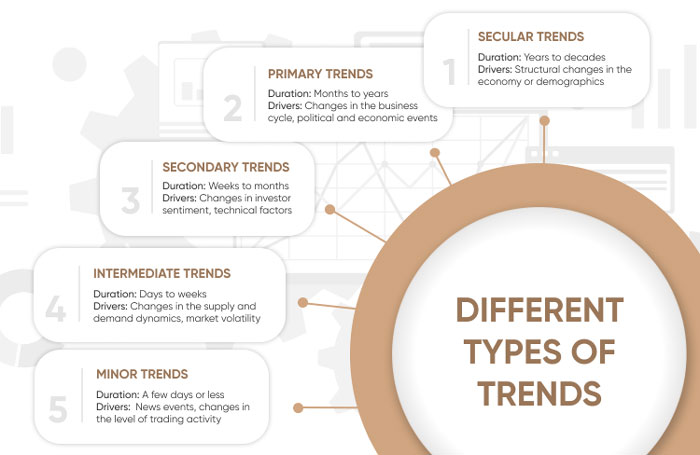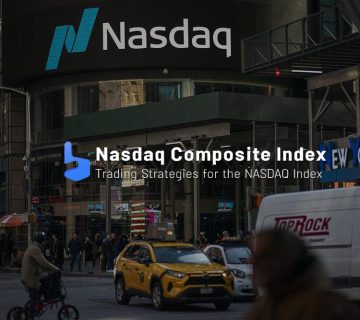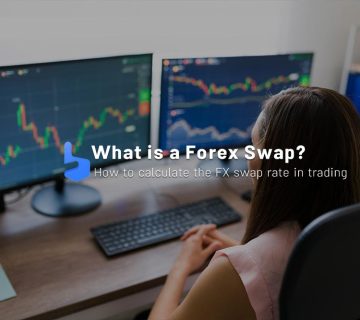What you are about to read:
The Forex trend is the direction of an asset’s price over a specific period. They apply to all assets and markets, such as foreign exchange, commodities, stocks, and bonds, where prices and trading volumes fluctuate. In this tutorial from Brokerland, after understanding what a trend in forex is, you will become familiar with different types of them.
So, what exactly is a trend in forex, and how can you use these types of trends to your advantage? Let’s start by looking at the definition of it and how it can determine your trading strategy.
A market trend is defined as the price direction of an asset within a specific period. When an asset or market experiences an overall price increase during a specific period, it’s in an uptrend, often called a bullish market. Conversely, when the price of an asset is moving downward, it’s said to be in a downtrend or a bearish market. They help traders and investors in analyzing them and identifying trading opportunities.
What Is a Forex Trend and How Does It Work?
To understand what a Forex trend is and become familiar with different types of them, it’s important to consider the factors that can influence the formation of a trend in forex.
- Government Policies
Governments can either slow down or accelerate market growth by using fiscal and monetary policies. For example, central banks’ adjustments to interest rates can impact a country’s economic growth and have a direct effect on cyclical and defensive sectors.
- Market Sentiment
Forex trends can be shaped based on market sentiment. When traders and investors have faith in the direction of a country’s economy or a company’s business outlook, their optimistic attitudes can create an upward trend in forex. Conversely, negative market sentiments among traders can lead to a decline in asset prices.
- Supply and Demand
Asset prices tend to fluctuate due to changes in the dynamic between supply and demand, particularly relevant for commodities. For instance, when an economy is thriving, the demand for crude oil increases, causing oil prices to rise. Conversely, events like wars and mining disruptions can limit the supply, resulting in price hikes.
- Economic News
Positive corporate earnings reports or upbeat economic news that exceeds expectations can all contribute to an upward trend. Conversely, negative news can bring down prices and create a downward trend in forex.
Types of Trend in Forex
There are various types of forex trends depending on their duration and driving factors.
1. Secular Trend in forex
Secular trends can last for years or even decades. They often result from structural changes in the economy and population. For example, the current shift toward sustainable energy is considered a secular one.
2. Primary Trends
Primary forex trends can last from several months to several years. They are guided by changes in the business cycle as well as political and economic events. For example, the Federal Reserve’s monetary tightening cycle can be considered a primary trend.
3. Intermediate Trends
Intermediate trends can last from weeks to months. They are typically defined by changes in investor sentiment and technical factors.
4. Minor Trends
Minor trends can last for a few days or less. These short-term ones often take shape due to current news and trading volume changes.
How to Identify Trend in Forex?
Market trends can be identified using both technical and fundamental analysis. Popular technical analysis tools like trendlines, price action, Relative Strength Index (RSI), and Moving Averages are commonly used by traders.
- Trend lines
A forex trendline is a straight line that connects a series of price points, typically lows, extending into the future. An ascending trendline connecting a series of low prices establishes a level of support for future price changes. Conversely, a descending one connecting a series of low prices indicates a level of resistance.
- Relative Strength Index (RSI)
The RSI indicator measures the speed and magnitude of price changes to determine whether a security is overbought or oversold. An RSI reading of 30 or lower indicates that the market is oversold, while a reading of 70 or higher indicates overbought conditions. Both readings suggest a potential trend reversal.
- Moving Averages
Moving Averages are used to smooth out price action and identify clear market trends amidst market noise. There are two main types of moving averages:
- Simple Moving Average (SMA): This calculates the average of prices over a specified time period in the past, such as a 20-day, 50-day, or 100-day SMA.
- Exponential Moving Average (EMA): This is a weighted average that gives more emphasis to recent price data, making it more responsive to new information. EMAs are also used to identify support and resistance levels and overall price trends.
- Fundamental Analysis
Investors can also use fundamental analysis to identify a trend in forex by examining changes in a company’s financials. For example, when a company consistently records positive profit growth for several consecutive quarters, it indicates a positive market trend. On the other hand, when a company’s profits continually decrease over a specific period, it indicates a negative trend in the market.
Forex Trend Trading
The next question is how to trade based on market trends and how it works. When the price of a market or an asset is rising, traders typically believe that the increase will continue as long as there are clear signs indicating a decrease in price. When the price falls below the trendline or technical indicators turn bearish, the upward movement may come to an end.
Traders following trend-based strategies focus on buying while the price is increasing and selling when forex indicators suggest a trend reversal (i.e., when the price starts to decrease).
Summary
In this Brokerland article to Learn Forex, we have explained what forex trends are and introduced different types of them. Trend in forex can be a useful tool for strategies. Remember, your final decision to trade should be based on risk tolerance, market expertise, portfolio size, and your unique circumstances. Always do your research before trading, and never trade with money you cannot afford to lose.










